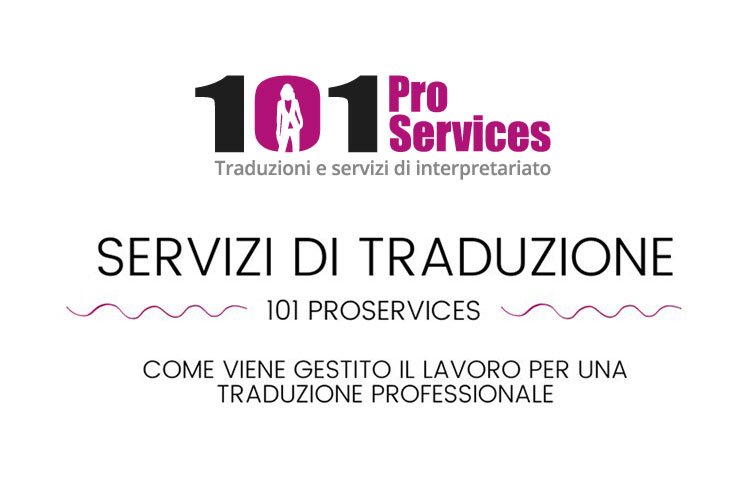Come viene gestita una traduzione professionale dal nostro staff
101ProServices è un’agenzia di traduzioni, particolarmente specializzata nelle procedure del riconoscimento titoli di studio e sulla legalizzazione di documenti di cittadini rumeni. Ci occupiamo della preparazione di tutte le pratiche necessarie per il riconoscimento di titoli di studio esteri in Italia, includendo l’ottenimento dei documenti necessari dai paesi dove verrà fatta la richiesta. I dati riportati nella dichiarazione di valore riguardano l’istituzione scolastica, il valore del titolo nel paese in cui esso è stato conseguito, la durata del corso di studi e ogni altra informazione ritenuta utile alla sua valutazione in Italia. Inoltre, la nostra agenzia per dichiarazioni di valore, può fornire le indicazioni esatte di cosa occorre fare per poter gestire autonomamente la richiesta.
La dichiarazione di valore in Romania si rilascia per i seguenti titoli di studio:

- Diploma 8 classi (può avere una denominazione diversa, a seconda dell’anno di compimento degli studi: studi ginnasiali, studi obbligatori … ecc.
- Certificato fine studi
- Diploma (diploma di baccalaureato o baccellierato)
- conseguimento 10 anni di studio obbligatorio
- scuola professionale (minimo 3 anni)
- maturità
- Certificato di laurea
- Master dopo laurea
- Dottorato di specializzazione
- Certificato sostitutivo di laurea o certificato di laurea solo dal 2023
Le dichiarazioni di valore nel campo medicale
L’agenzia di traduzioni professionali 101 ProServices si è occupata in particolar modo dell’ottenimento delle dichiarazioni di valore per gli studenti di medicina e odontoiatria di Arad (Romania), Facoltà di Medicina dell’Università Dunarea de Jos a Enna e del rilascio del relativo certificato di conformità, secondo la direttiva 2005/36/CE che permette l’iscrizione all’albo dei medici in Italia per poter esercitare la professione medica, occupandoci anche del riconoscimento della professione presso il Ministero della Salute in Italia.
Come ottenere una dichiarazione di valore in Italia per i cittadini rumeni
La dichiarazione di valore di un titolo di studio rumeno è un documento scritto in lingua italiana. Esso indica il valore di un titolo di studio emesso dal Ministero Romeno della Pubblica Istruzione (Ministerul Educatiei Nationale). È bene sapere che la dichiarazione di valore si rilascia solamente per il titolo di studio che viene richiesto in Italia dall’istituto scolastico italiano, dall’Ente competente per concorsi pubblici, dall’Università italiana per proseguimento studi, dalla Camera di Commercio per l’iscrizione ad un Albo specifico o rilascio autorizzazione di NCC, agente immobiliare, guida turistica ecc., i cui estremi vengono annotati nel modulo di richiesta. Da sapere che tramite tale richiesta il documento non viene rilasciato per tutti i titoli di studio di cui l’interessato è in possesso, ma per un titolo alla volta.

Le dichiarazioni di valore nel campo medicale
- domanda alla sezione consolare italiana a Bucarest
- pagella scolastica classi I-VIII o I-X rilasciata dalla scuola romena in originale
- diploma di maturità in originale
- diploma di laurea in originale
- pagella scolastica in originale, rilasciata dall’Università
- supplemento al diploma in originale rilasciato dall’Università
- copia legalizzata presso uno studio notarile del titolo di studio
Tale certificazione di valore serve per:
- il proseguimento degli studi in scuole italiane
- iscrizione a corsi universitari e post-universitari in Italia
- partecipazione a concorsi pubblici
- iscrizione a vari tipi di corsi di formazione ad esempio il corso OSS, OSSA, corsi regionali ecc.
I documenti relativi al diploma ottenuto devono essere tradotti in italiano da un traduttore autorizzato, legalizzati da un notaio pubblico e legalizzati con timbro “apostille” presso la Camera dei Notai Pubblici in Romania.
Di seguito i documenti necessari per il riconoscimento professionale titoli di studio rilasciati in Romania
- il titolo di studio (diploma, certificato, attestato ecc.) in originale
- copia del titolo di studio legalizzata (postillato presso la prefettura di competenza)
- la traduzione in italiano del titolo di studio eseguita da un traduttore autorizzato dal ministero di giustizia, legalizzata da un notaio pubblico e con timbro “apostille” oppure tradotto e legalizzato presso un Tribunale Italiano
- copie legalizzate degli originali
- la pagella scolastica/supplemento al diploma copia conforme all’originale accompagnata dalla traduzione legalizzata
Traduzioni di testi e titoli di studio dal rumeno all’italiano





